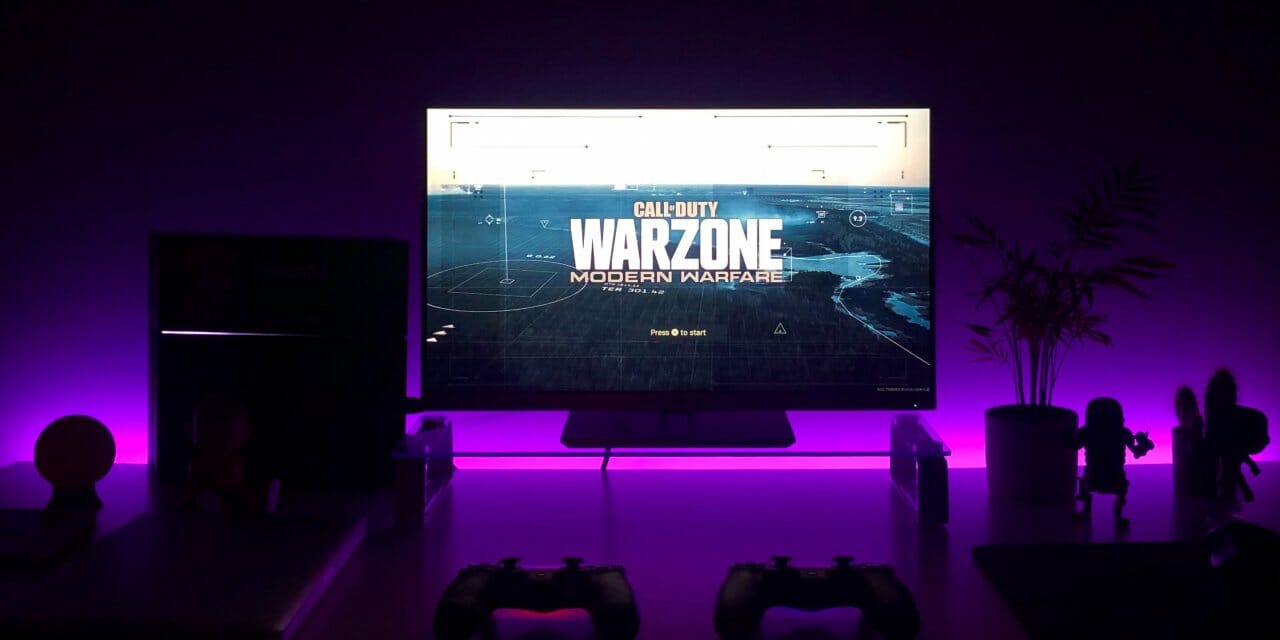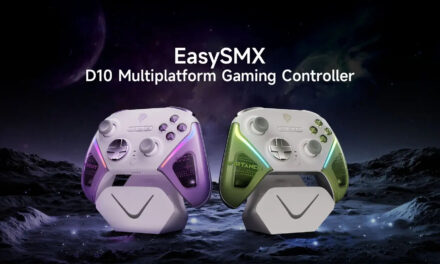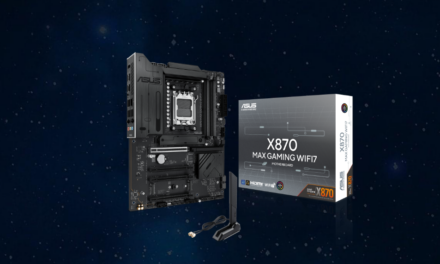
How to Choose the Best Gaming Monitor for the Ultimate Game Experience

When it comes to gaming, having the right equipment can make all the difference. One essential piece of hardware for any serious gamer is a gaming monitor. Gaming monitors offer higher refresh rates, lower input lag, and better color accuracy than traditional monitors, making them a must-have for anyone looking to improve their gaming experience. In this post, we’ll take a closer look at some of the most important factors to consider when choosing a gaming monitor.
Resolution and Image Quality
One of the most important factors to consider when choosing a gaming monitor is resolution and image quality. Generally speaking, the higher the resolution, the better the image quality. However, higher resolutions require more powerful graphics cards to run smoothly. The most common resolutions for gaming monitors are 1080p, 1440p, and 4K.
If you have a powerful gaming PC, a 1440p or 4K monitor can provide stunning visuals, but if your PC is on the lower end, a 1080p monitor may be a better choice. In addition to resolution, you’ll also want to consider the monitor’s color accuracy and contrast ratio. Look for monitors with high color gamut coverage and a high contrast ratio to ensure the best possible image quality.
Refresh Rate
Another crucial factor to consider when choosing a gaming monitor is refresh rate. The refresh rate refers to how many times per second the monitor can display a new image. The higher the refresh rate, the smoother the gameplay will be. A study from VSS Monitoring shows that a higher refresh rate is even more important thah a high FPS! Most standard monitors have a refresh rate of 60Hz, while gaming monitors can have refresh rates up to 240Hz. However, a higher refresh rate can only be fully utilized with a powerful graphics card. If you have a mid-range PC, a refresh rate of 120Hz should be more than enough.
Adaptive Sync
Adaptive Sync is a technology that syncs the monitor’s refresh rate with the graphics card’s output. This can eliminate screen tearing and stuttering, resulting in a smoother and more responsive gaming experience. There are two main types of adaptive sync: AMD’s FreeSync and NVIDIA’s G-Sync. FreeSync is supported by AMD graphics cards, while G-Sync is supported by NVIDIA graphics cards. If you have an AMD graphics card, look for a monitor with FreeSync support, and if you have an NVIDIA graphics card, look for a monitor with G-Sync support.
Panel Type
Another factor to consider when choosing a gaming monitor is the panel type. There are three main types of panels: TN, IPS, and VA. TN panels are known for their fast response times and high refresh rates, making them a popular choice among competitive gamers. However, they have limited viewing angles and poor color reproduction. IPS panels, on the other hand, have wider viewing angles and better color accuracy, but slower response times. VA panels offer the best contrast ratio and deeper blacks, but can suffer from ghosting and motion blur. When choosing a panel type, it’s important to consider your individual needs and preferences.
Screen Size
Screen size is another important factor to consider when choosing a gaming monitor. A larger screen can provide a more immersive gaming experience, but it also requires more desk space. Most gaming monitors range from 24 to 27 inches, but some can be as large as 32 inches or more. Keep in mind that as the screen size increases, the pixel density decreases, which can result in a lower image quality. When choosing a screen size, consider the amount of desk space you have available and your individual preferences for screen size.
Response Time
Response time is another important factor to consider when choosing a gaming monitor. Response time refers to how quickly a pixel can change from one color to another. A faster response time can help reduce motion blur and ghosting in fast-paced games. Most gaming monitors have a response time of 1ms or 4ms, but some can have a response time as high as 8ms or more. When choosing a gaming monitor, look for a response time of 1ms or 4ms for the best possible performance.
Price
Finally, price is an important consideration when choosing a gaming monitor. Gaming monitors can range in price from less than $100 to more than $1,000. While higher-priced monitors may offer better features and performance, they may not always be necessary for casual gamers. When choosing a gaming monitor, consider your budget and the features that are most important to you. Don’t forget to take into account other factors such as panel type, screen size, and response time when comparing prices.
Conclusion
Choosing the right gaming monitor can greatly enhance your gaming experience. When selecting a gaming monitor, it’s important to consider factors such as resolution and image quality, refresh rate, adaptive sync, panel type, screen size, response time, and price. By taking these factors into account, you’ll be able to find a monitor that meets your needs and provides the best possible gaming experience.


























